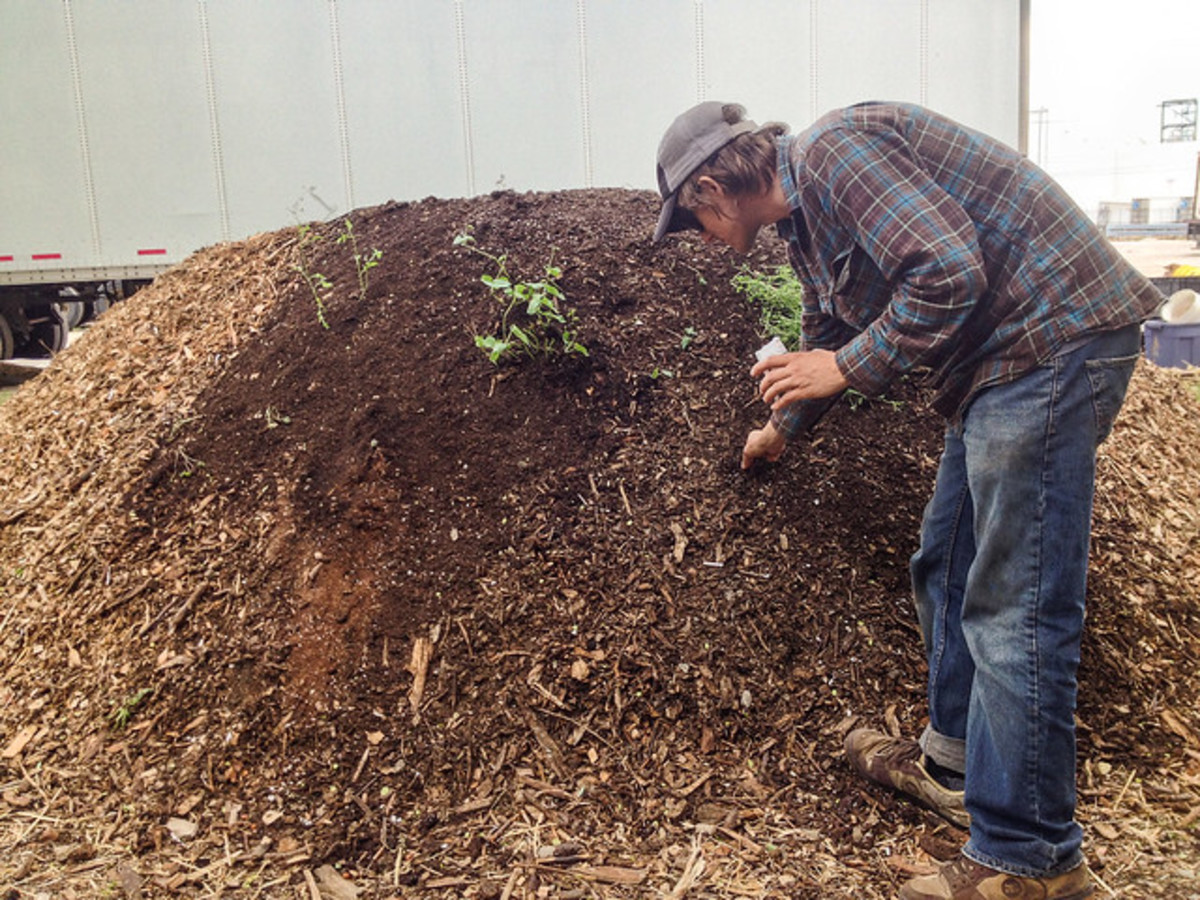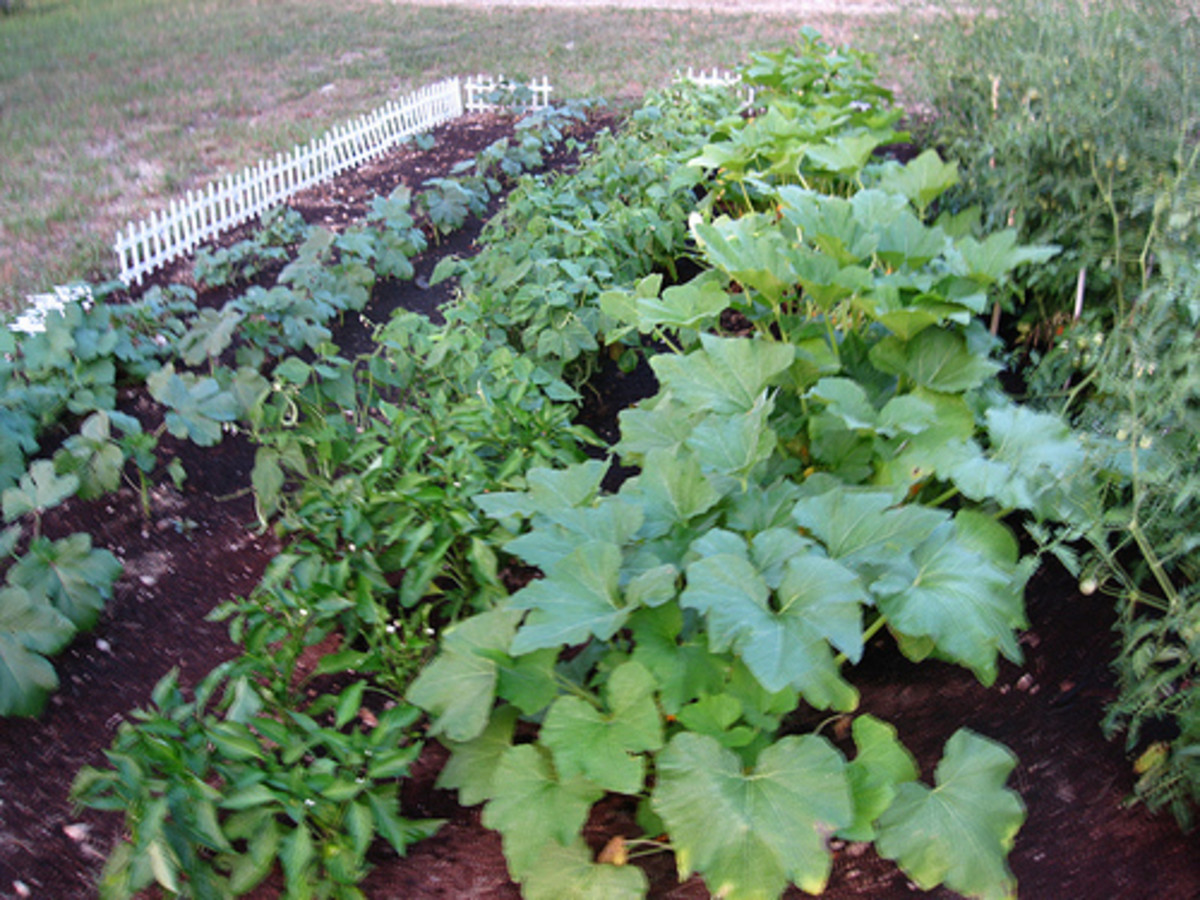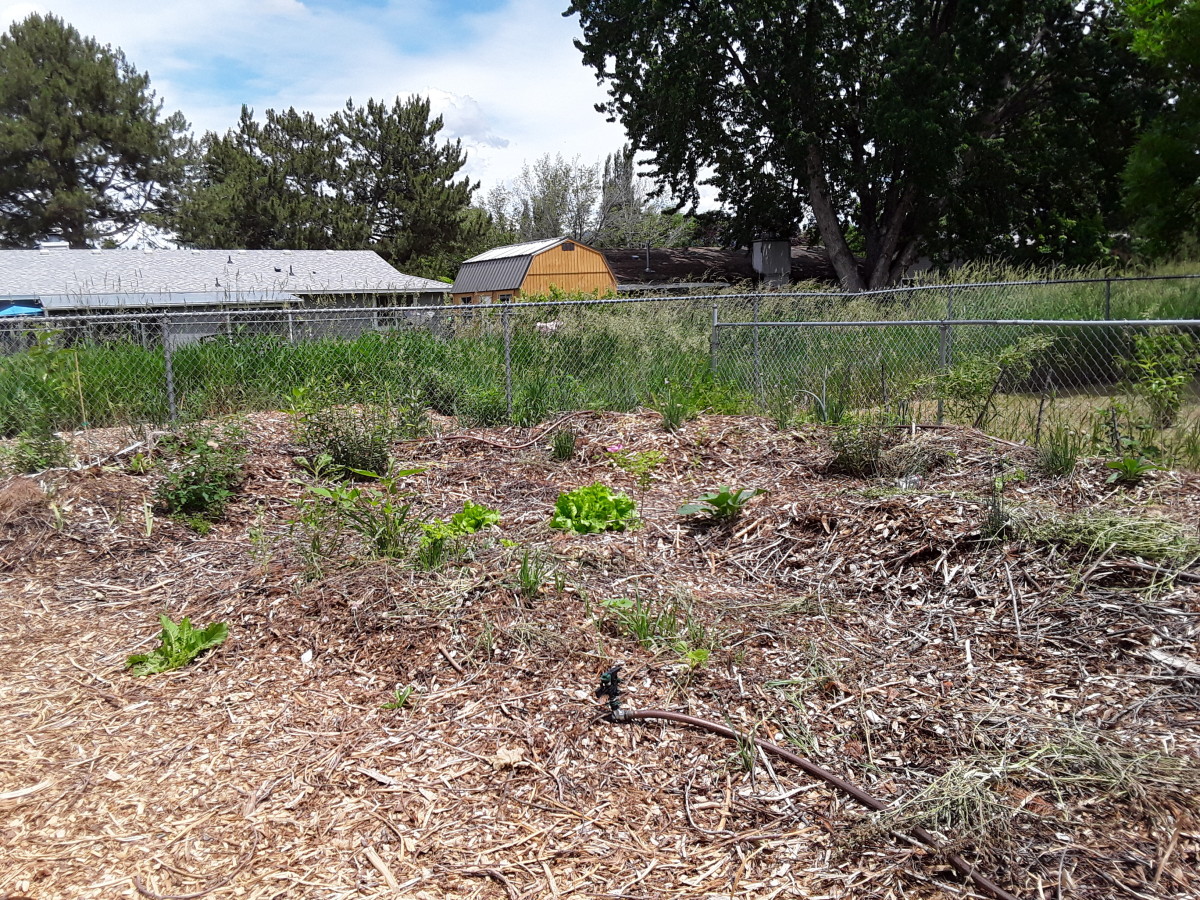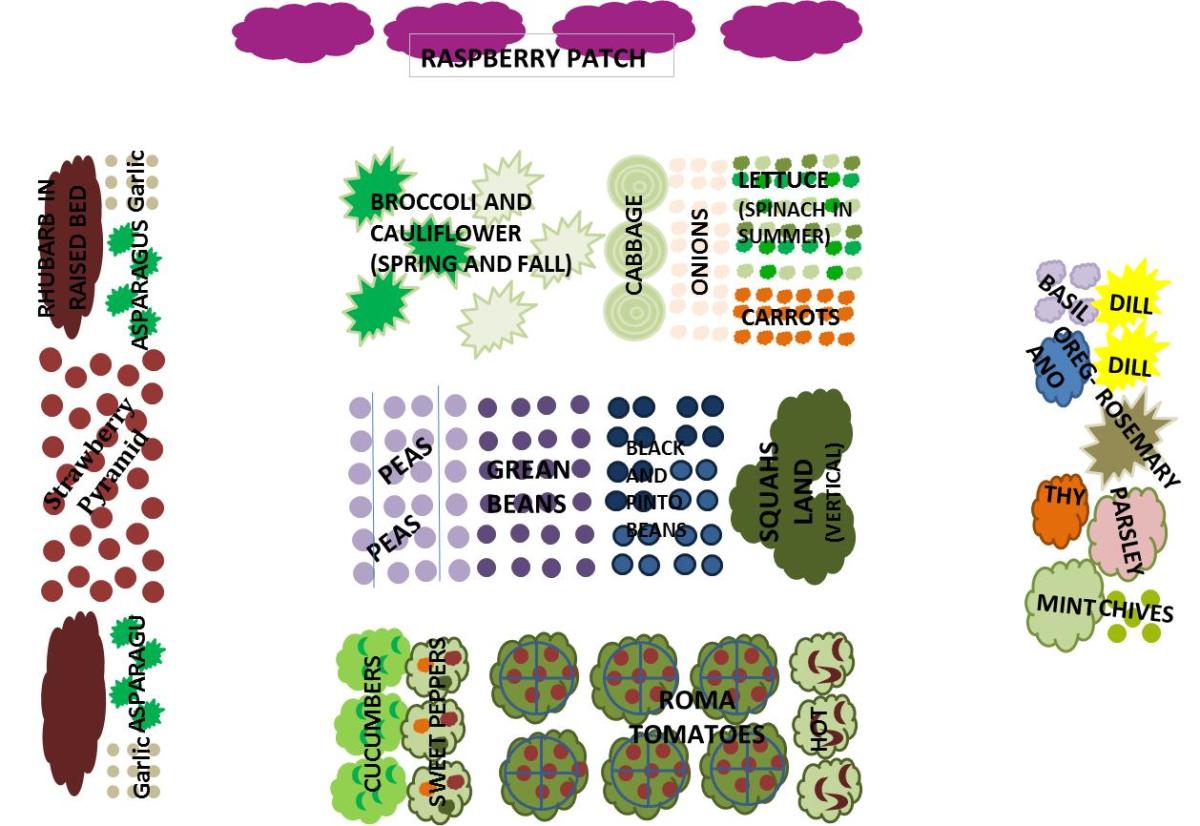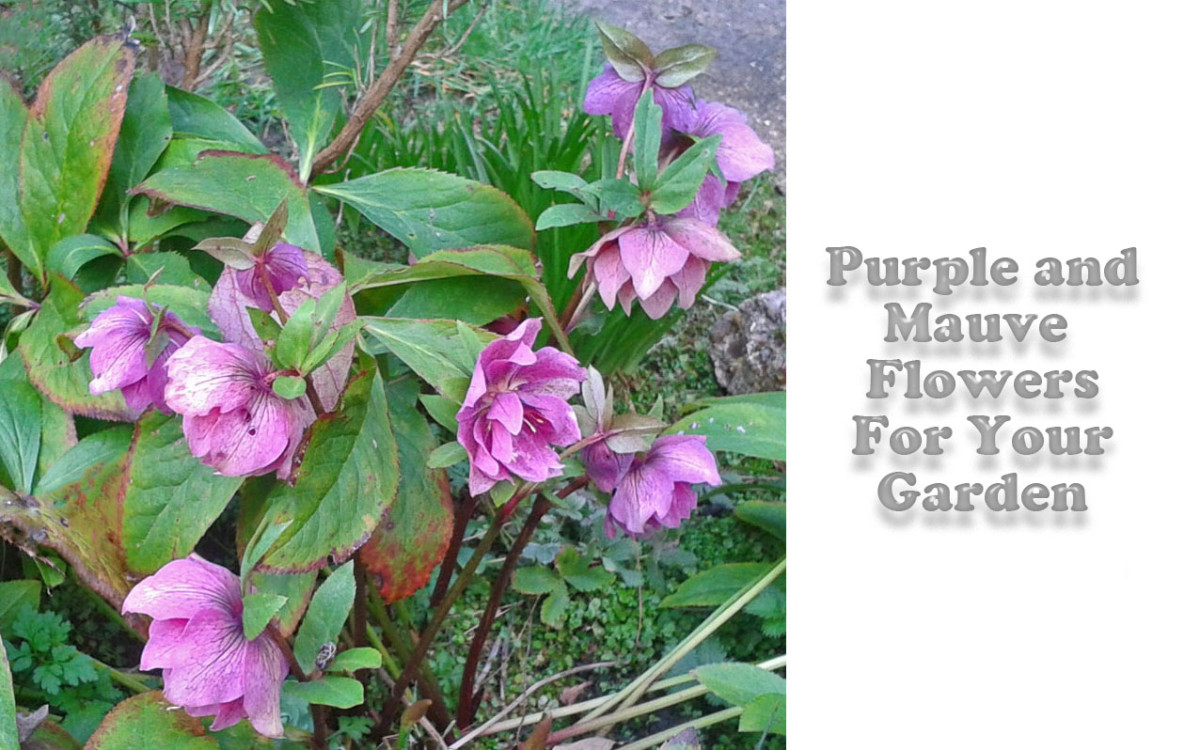How to Make a Hugel Raised Garden Bed
How to Make a What?
“A weed is a plant that has mastered every survival skill except for learning how to grow in rows.”
Those in Europe may well know what hugelkultur is; those in the United States might be a bit confused right now, so for my American brothers and sisters, allow me to explain.
Hugelkultur has been used in Europe for centuries. It is a gardening and farming technique whereby woody debris is used as a resource rather than detritus to be discarded.
If you are still confused think about a forest floor and nurse logs. Trees grow in the forest; trees die in the forest. Trees fall to the forest floor and then rot. They are covered by leaves and other natural debris, and from this rotting pile new growth appears and flourishes.
That is hugelkultur!
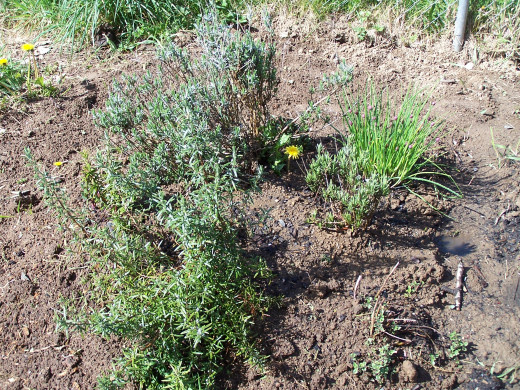
Why Would You Use Hugelkultur?
“When nature has work to be done, she creates a genius to do it.”
Are you kidding? A better question would be why wouldn’t you use it? Here are the obvious advantages to hugelkultur:
- Help retain moisture in the ground
- Build soil fertility
- Improve drainage
- Use woody debris that would otherwise be discarded
- Conserve water
- Increase the productivity of your garden
In fact, hugelkulture gardening is especially effective in areas that are traditionally tough for gardening. Urban areas where there is compact, hard soil; desert areas like Arizona; sandy soil; and areas where there is poor drainage. All are perfect for hugelkulture.
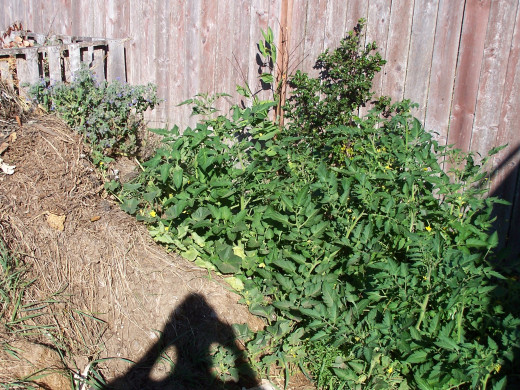
How to Make a Hugel Garden Bed
Follow these incredibly easy steps:
- If you plan on using an existing raised garden bed, then dig down a couple feet before you begin. Otherwise, start on a flat piece of ground and begin the layering.
- Lay wood along the ground in whatever shape you want your bed to be. You can use logs, chips, branches, old firewood and even lumber as long as it is not treated. Avoid using logs that will re-grow like willow or cottonwood. Alder, fir, maple and other such woods are excellent.
- Fill in the gaps with twigs and small branches.
- Cover this pile with soil.
- On top of the soil add a layer of compost.
- On top of the compost put a layer of organic material such as grass clippings or hay.
- Allow the whole mixture to settle. The best time to begin this project is in the fall so that it settles during the winter, but you can also do this in the early spring.
- And finally….plant!
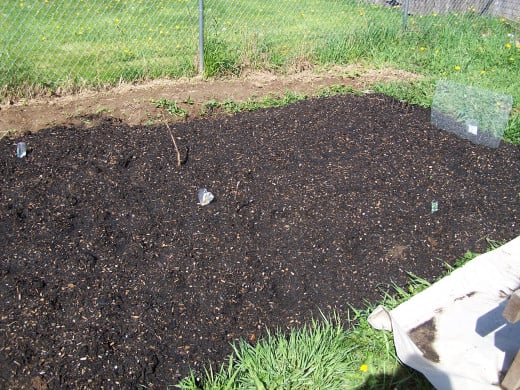
The Planting Process
During the first year, the soil in your hugel bed will be lacking in nitrogen, so the best crop to plant is potatoes. Onions will also do well that first year. After the first year, the wood underneath will begin releasing nitrogen into the soil, so you can begin to plant other traditional crops at that time.
Each time you plant add some compost. This is because the wood will break down and your garden will sink a bit with each year.
Soak thoroughly twice a week. It is not necessary to water more than that. The water will be stored in the wood and released into the soil when necessary.
Landscape to Taste
Many gardeners will border their mounds with stones to give their “garden” a nice landscaped look. If you plan on making several hugel beds, then put garden paths in-between the mounds for easy access.
An Extension of Permaculture
Hugelkulture is, of course, a simple extension of the basic principles of permaculture, a self-sustaining philosophy that embraces the following tenets:
- Care for the earth: Providing for all life systems to continue and multiply.
- Care for the people: Providing for people to access those resources necessary for their existence.
- Return of surplus: Taking the surplus and reinvesting it back into the system to once again provide for the first two tenets.
In other words, a permanent culture where man and nature live in harmony.
One of the leading pioneers in this field of permaculture was Austrian farmer Sepp Holzer in the 1960s. He incorporated many of the following principles, all of which are active in Hugelkulture:
- Observe and interact: Taking the time to engage with nature so we can find solutions that suit our particular situation.
- Catch and store energy: Develop systems that collect resources so they can be used when needed.
- Obtain a yield: Get rewards for the work you are doing.
- Use and value renewable resources: Make the best of nature’s abundance to reduce our consumptive behavior.
- Produce no waste: Use all the resources available to us so that nothing goes to waste.
- Apply self-regulation: Systems will only continue to yield a bounty as long as man’s actions are regulated and over-use is eliminated.
And It All Adds up To……
It all adds up to a fully-functioning and self-sustaining gardening system that will yield year after year bountiful crops, and isn’t that a lovely thought for gardeners?
Think about it….no more use of pesticides….no more use of additives….no more messing with the natural balance of nature. You will be gardening the way it was done many, many years ago before technology and science tilted the natural balance.
Take my word for it: Hugelkulture works! The first year will have limited returns, but after that first year you will see great yields of vegetables in your natural garden. We most certainly have in our hugel garden beds.
2014 William D. Holland (aka billybuc)



